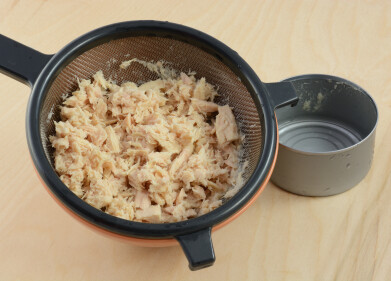Environmental Laboratory
AD Biogas Calorie Count for Government & Industry... Calculates Housed Livestock’s Potential to Supply 8% of Northern Ireland Electricity
Dec 10 2010
UK government policy makers and the AD industry need independent benchmarked data for anaerobic digestion (AD). The Agri-Food and Biosciences Institute (AFBI), in Northern Ireland is benchmarking AD performance with different on-farm sourced feedstock such as manures and crops.
Energy from dairy cow slurry
The AFBI report indicates that during the first 18 months of operation, dairy cow slurry was used as the sole feed source and that the biogas produced had an average of 56 percent methane. It was found also at AFBI that, on average, one tonne of dairy cow slurry at 7.2 percent dry matter produced 15.5 cubic meters of biogas containing 86 kWh of energy. When expressed as biogas production from organic matter digested, it was found that one tonne of organic matter in slurry produced 280 cubic meters of biogas.
Biogas Analysis
As a research facility, AFBI Hillsborough needs to know biogas methane (CH4) concentration to determine its calorific value and the potential of each feedstock. ABFI uses an Automated Extraction Monitoring System (AEMS) unit from Geotech (UK) to analyse, measure and data log four gases; CH4, H2S, O2 and CO2 going to its CHP engine and biogas boiler. The AEMS unit monitors the gas before and after scrubbing in a column of activated carbon which brings the H2S down from a about 1800ppm to well under the 800ppm limit stipulated by the CHP manufacturer.
At AFBI the AEMS unit, which can measure at 10-second intervals, is set to analyse, measure and log AFBI data every 60 minutes giving 24 readings every day. With the first project to benchmark the performance of AD using dairy cow slurry as a sole feedstock complete, the next is to co-digest dairy cow slurry with grass silage.
This is to see how agriculture can benefit from the huge potential opportunity of AD in Northern Ireland. Indeed, it is calculated that all of Northern Ireland’s total supply of manure from housed livestock has the potential to generate eight percent of all Northern Ireland’s electricity demand. Co-digestion increases that potential hugely.
Data logging and transfer
The data gathered by the AEMS system is transferred remotely for access by AFBI. Using a GPRS modem and SIM card, data is securely transferred to a remotely operated server, from where AFBI downloads the data, via a secure Internet connection and transfers it into exportable spreadsheet formats for processing and storage. This remote GPRS link also enables full diagnostic capability and also allows Geotech to remotely re-configure and maintain the system should this be necessary.
Zero Downtime
Under its Geotech service contract AFBI’s detachable gas analysis unit has been back to Geotech twice for factory service and calibration. It is ’hot swap’ exchangeable to ensure zero down time during routine service.
The anaerobic digester at AFBI-Hillsborough was designed, supplied and constructed by Greenfinch Ltd (now BiogenGreenfinch), Ludlow, Shropshire. Construction took place between September 2007 and March 2008.
Digital Edition
AET 28.4 Oct/Nov 2024
November 2024
Gas Detection - Go from lagging to leading: why investment in gas detection makes sense Air Monitoring - Swirl and vortex meters will aid green hydrogen production - Beyond the Stack: Emi...
View all digital editions
Events
Dec 02 2024 London, UK
Dec 03 2024 Dusseldorf, Germany
Dec 11 2024 Shanghai, China
Jan 12 2025 Abu Dhabi, UAE
Jan 14 2025 Abu Dhabi, UAE













.jpg)





